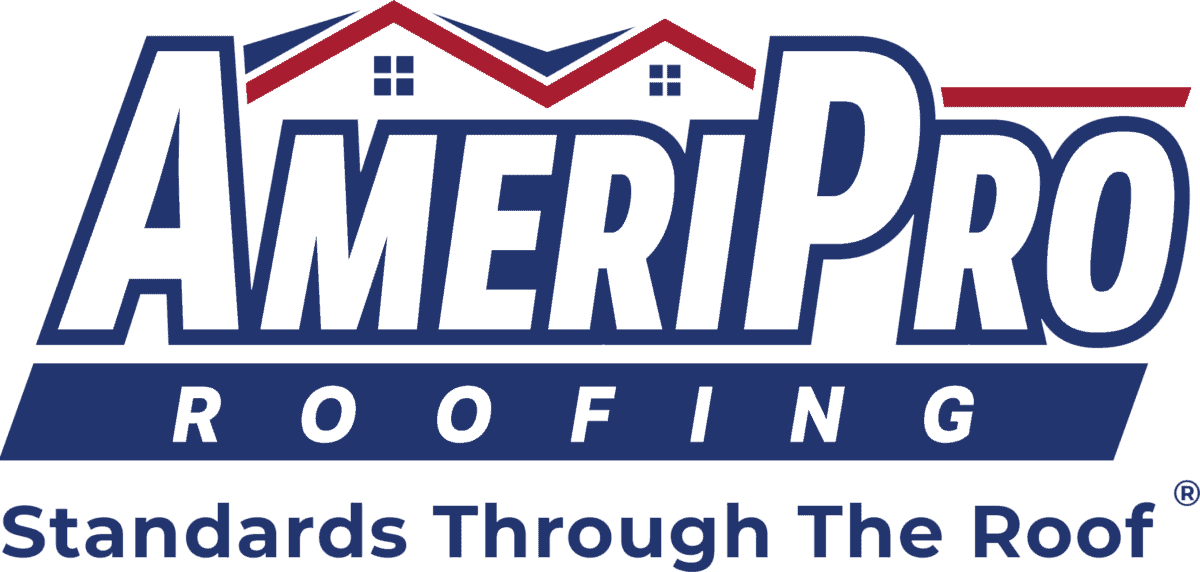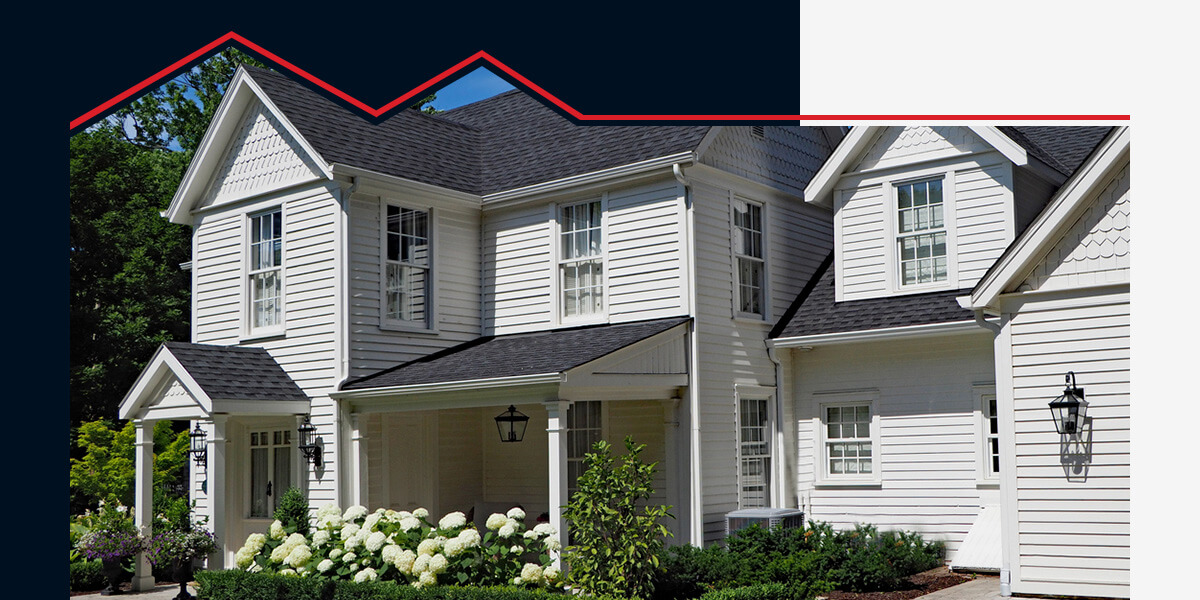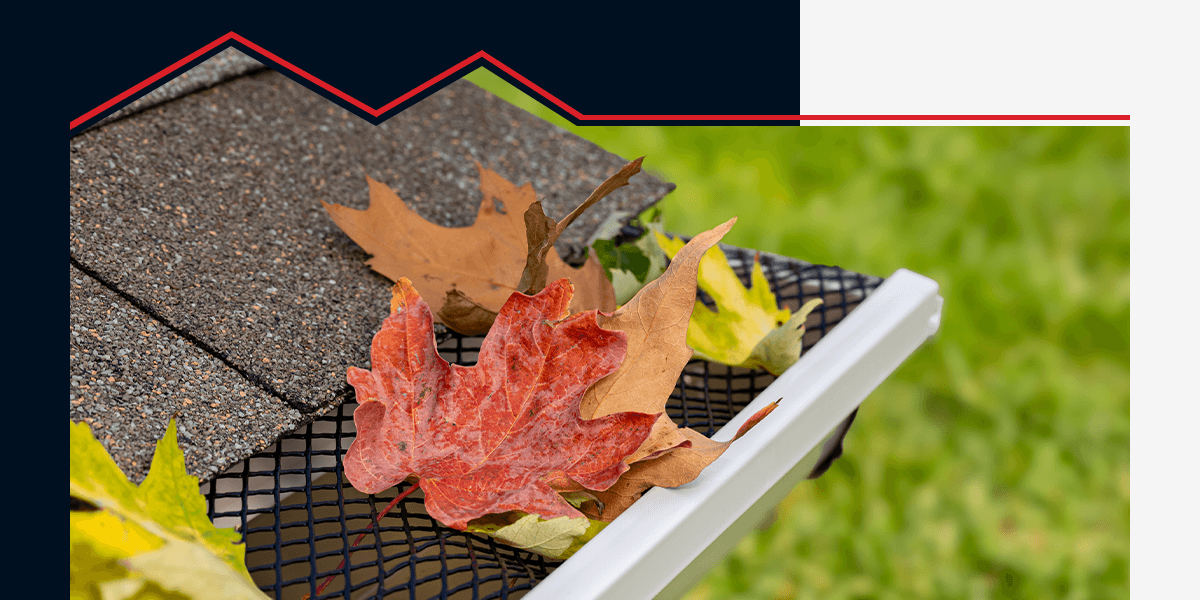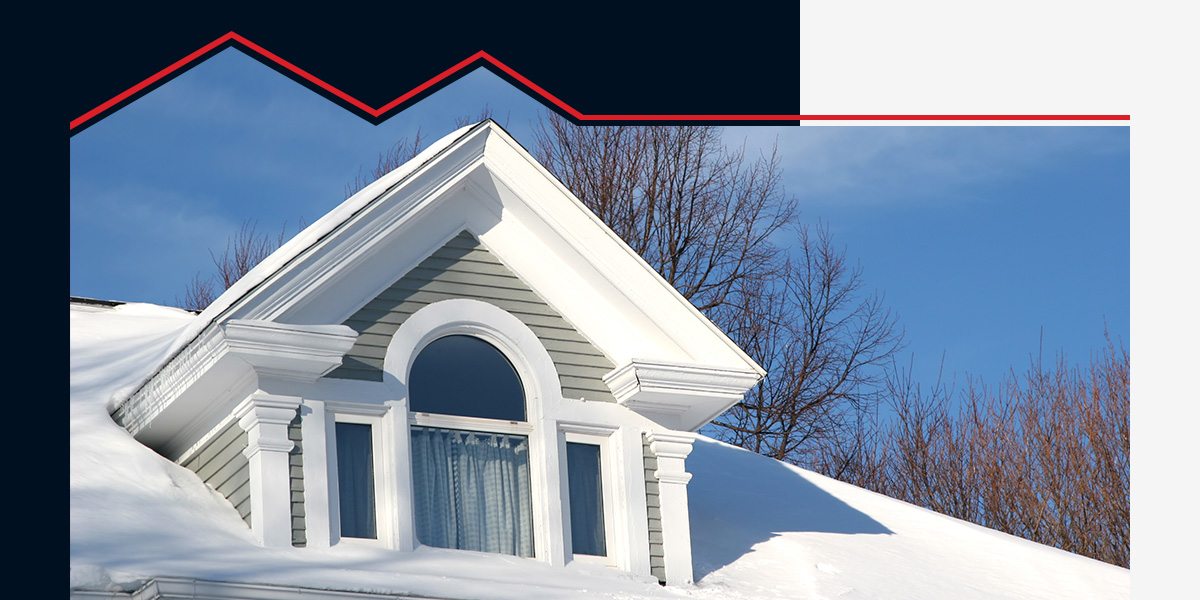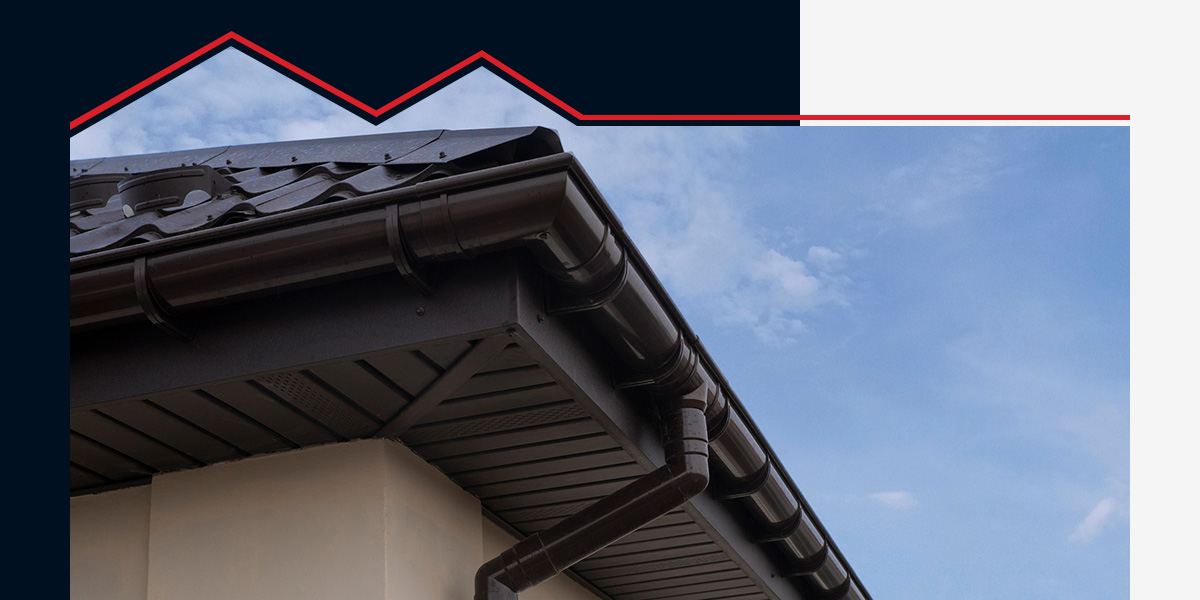When vinyl siding first hit the marketplace in the 1960s, it was an attractive alternative to aluminum siding, which was prone to dents and dings. It boasted low-maintenance, came in a variety of prefinished colors and was reasonably priced, making it a popular choice for lower-end homes. Over the next twenty years, manufacturers began offering vinyl siding in a broader range of styles and colors, making it more appealing for all types of homes. Today, vinyl siding is the most popular house siding, and more often than not, home restoration professionals like AmeriPro Roofing replace outdated aluminum or metal siding with new vinyl siding instead. According to data from the Census Bureau’s Survey of Construction (SOC), 27% of new homes started in 2017 used vinyl siding, making it the top choice for exterior wall material, closely followed by stucco at 25%.
What Is Vinyl Siding?
When vinyl siding first came out, it was prone to cracking and warping. Engineering advancements in the 1970s improved the product dramatically, making it waterproof, insect-proof, fade-resistant, and, under normal conditions, pretty much indestructible. Vinyl siding is heated polyvinyl chloride (PVC) that goes through a color-infusion blending process, which stops the color from flaking or chipping off. The bonded mixture is then extruded through a die or poured into sheets using a mold, which is then embossed, giving it texture and patterning.
What Is Vinyl Siding Made Out Of?
Vinyl siding is made out of heated polyvinyl chloride (PVC).
How Does Vinyl Siding Compare To Other Siding Types?
While vinyl siding is the most versatile and popular siding type out there, it is not the only option. Learn about the pros and cons of other siding styles and see how they stack up against vinyl siding options.
Aluminum Siding
Aluminum siding is generally in decline as an exterior house siding material, being replaced by vinyl siding and fiber-cement siding instead, although still a popular choice for specific types of installations. Aluminum siding popular in the 70s installed originally on many affordable homes throughout the 1970s, aluminum siding comes in several gauges
Aluminum Siding Pros
- Affordable, lightweight and durable lasting over 40 years if properly maintained
- Rust-resistant, fireproof, waterproof and not susceptible to termites
- Recyclable and paintable
Aluminum Siding Cons
- Aluminum siding considered outdated with many other siding options now available
- Temperature changes can cause the aluminum siding to expand and contract to produce popping sounds
- Reverberations from high winds, rain or hail can be louder with aluminum siding
- As a soft metal, aluminum siding is susceptible to dents and dings
- Can fade over time with prolonged exposure to natural elements
Brick Siding
Brick siding is when a full layer of brick gets placed around the walls of a house. Thin brick is also used for house siding, although it is not as durable as a standard brick. Brick siding usually lasts the lifetime of the building with very little maintenance.
Brick Siding Pros
- Durable with the ability to withstand harsh weather elements and requires little maintenance
- Fire-resistant, termites and other animals cannot penetrate it
Brick Siding Cons
- One of the more expensive house siding options – the average cost per sq. Ft. for brick siding is $12.00 to $21.00 installed
- Requires professional siding installation or it can suffer from moisture penetration
Metal (Sheet) Siding
Metal siding is a popular alternative to wood, vinyl, and other siding materials in situations where durability is a top priority. Steel siding has similar benefits to aluminum but is more durable, heavier, and more resistant to denting than aluminum.
Pros of Steel Siding
- Strong and durable, resistant to termites
- Easy to maintain—hosing down once per year should do the trick
- Can last over 40 years or more with only essential maintenance
Cons of Steel Siding
- Fades over time and color can become chalky
- Steel siding can rust if the finish gets scratched or it remains unpainted for too long
- Prone to denting (although not as much as aluminum siding)
- Requires professional installation, using specialized equipment for cutting and attaching the siding
- Due to its weight, steel siding can take longer to install, which increases labor costs
Fiber Cement Siding
Fiber cement siding is made from a combination of substances such as wood fiber, sand, clay, and cement and is available in a wide range of colors, including some textures like brick or stone.
Cement-Fiber Siding Pros
- Very durable – fire resistant and resilient to insects, fungus, and UV damage
- Easily molded into a variety of shapes, including classic wood siding styles, brick or stone
- Considered environmentally neutral
Fiber-Cement Siding Cons
- Fiber cement siding installation is a highly skilled process requiring professional installation
- The cost to install fiber cement siding is up to 3 times higher compared to vinyl siding
- Not available to order directly from the manufacturer
- It will require repainting at some point during its lifetime
- It doesn’t offer very much insulation
- Quality control on the planks can be an issue
Engineered Wood Siding
If you love the classic look of wood siding but want to avoid the high maintenance, then engineered wood siding is a good alternative. It’s less costly than wood siding and simpler to install. Made by pressing treated wood flakes together under high heat and pressure, giving it a continuous grain pattern on the surface that resembles the look of solid wood, engineered wood is available in several popular siding styles, including lap, panel, shake, and board and batten.
Engineered Wood Pros
- Looks like real wood without the frequent maintenance
- Not prone to large knots and non-matching colors (like real wood), engineered wood provides consistent quality
- Termite resistant and resistant to fungal decay as the wood flakes are treated with Zinc Borate and wax to prevent moisture intrusion
- Extremely durable being able to withstand inclement weather impacts like hail
- With its resin-saturated overlay creating an even, impervious surface, engineered wood accepts paint well
Engineered Wood Cons
- If the exterior coating is damaged, the wood composite will take in moisture leading to swelling and warping
- The surface must be meticulously maintained and regularly painted to keep it in good condition
- Engineered wood is a relatively new siding option and so has experienced some quality problems resulting in class-action lawsuits. It continues to improve over time with manufacturers providing comprehensive warranties
Stone & Stone Veneer Siding
Aesthetically, the two siding options are almost identical, and many of the benefits are the same. But the price difference between the two can be as much as $20 per sq. Ft, with stone veneer being much lighter and easier to install. Both natural and stone veneer exterior siding create an upscale, decorative appearance to a home.
Stone Siding Pros
- When properly installed and cared for, stone siding will last indefinitely
- Natural and sustainable material
- Usually, comes with manufacturer warranties that range from 20-75 years
Stone Siding Cons
- Stone is expensive, with the average price of installation being $25 to $45 per sq. Ft., with an average cost of $105,000 for a 2,500 sq. FT hoe.
- Stone siding installation is labor-intensive and therefore costly to install
- Stone siding repairs can be tricky when trying to find a replacement stone that matches the original stone
Stone Veneer Siding Pros
- Lightweight making installation more straightforward
- Available in a broad range of colors and profiles
- Durable, lasting up to 30+ years
- Requires little maintenance
Stone Veneer Siding Cons
- Requires professional installation – improper installation of this type of veneer can result in severe water damage
- Manufactured stone veneer is hardy, but exposure to certain chemicals and substances can affect its appearance – paint thinners, de-icing salts, and cleaning solvents can scar and stain the surface or result in discoloration
- Manufactured stone veneer products are not ideal for use in swimming pools, as chlorine can cause discoloration
Stucco
Stucco, which can last 50-80 years, has come a long way since the standard white-washed finish and is now available in a full range of textures and colors. Its breathability allows moisture to evaporate quickly, making it ideal for locations with average precipitation but is poorly suited to areas that get lots of rain.
Stucco Pros
- Available in many colors and textures
- Stucco is breathable — tiny pores allow water to evaporate from behind it so that moisture doesn’t build up and cause rot
- Affordable materials so if you can do the installation yourself can be very cost-effective
Stucco Cons
- Labor costs can add up because stucco requires three coats to be applied
- Not ideal for areas that experience high precipitation
- If the stucco exterior becomes saturated with water, then its insulation properties will be compromised, risking damage to the home’s structure
Wood Siding
Wood exterior siding is still one of the top choices for house siding, particularly on the west coast of the USA. But the type of wood siding you use, whether it’s pine, spruce, fir, cedar, or redwood, will depend on your region’s climate.
Wood Siding Pros
- Wood is readily available and doesn’t take long to install compared to other siding options
- It can get painted or stained in almost any color imaginable
- Replacing individual pieces of wood siding is relatively straightforward
Wood Siding Cons
- Insect and water damage are two of the most significant drawbacks of wood siding
- Wood siding must be regularly maintained, requiring painting or staining every few years
- Without regular maintenance wood siding can rot, warp or twist, with the risk of water to getting behind and damaging the home’s structure
Vinyl Siding Installation
If you are considering vinyl siding for its affordability, ease of installation, aesthetic qualities and long-lasting protection, every successful vinyl siding project starts with picking a qualified and reputable contractor. AmeriPro Roofing has been in the business for over 18 years and has completed over 150,000 projects for satisfied customers across the nation! Call us today to learn how we can bring new life to your home!


